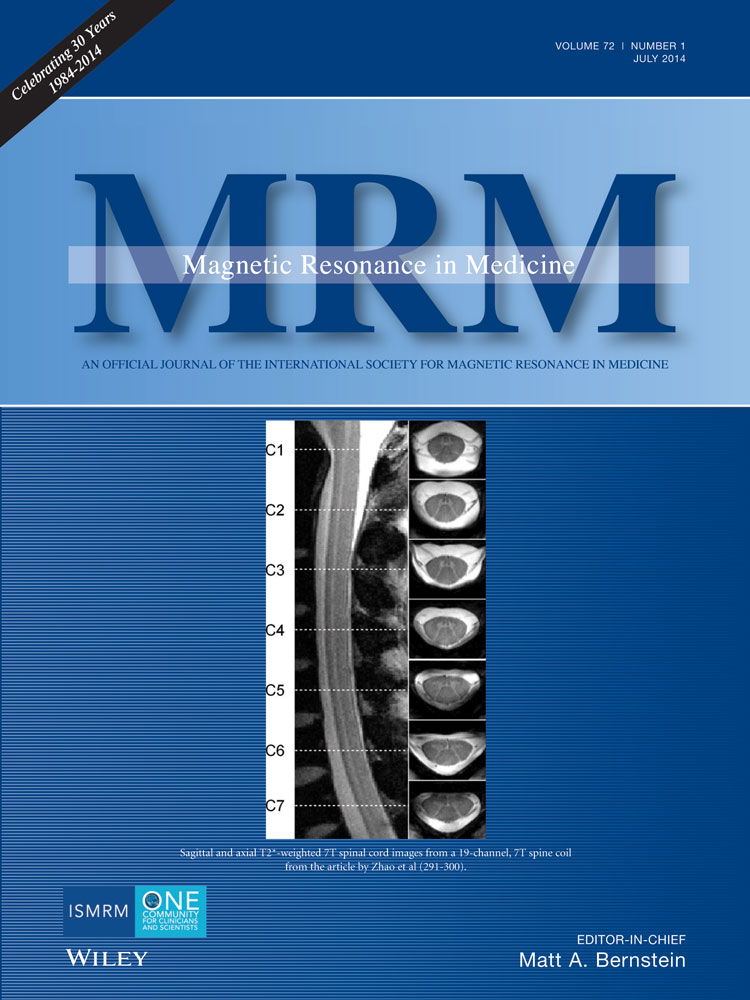Assessment of in vivo laser ablation using MR elastography with an inertial driver
Correction added after online publication 23 August 2013: The abstract was revised to reflect updated journal style.
Abstract
Purpose
To evaluate the feasibility of using MR Elastography (MRE) to monitor tissue coagulation extent during in vivo percutaneous laser ablation of the liver.
Methods
A novel inertial acoustic driver was developed to apply mechanical waves via the ablation instrument. Ablation testing was performed in live juvenile female pigs under anesthesia in a 1.5-T whole-body MRI scanner.
Results
The inertial driver produced suitable mechanical wave fields in the liver before, during, and after the laser ablation. During 2-min ablations using 4.5-, 7.5- and 15-W laser power, the stiffness of the lesions changed substantially in response to laser heating, indicative of protein denaturation. After a lethal thermal dose (2-min, 15-W) ablation, lesion stiffness was significantly greater than the baseline values (P < 0.007) and became stiffer over time; the mean stiffness increments from baseline were significantly greater than those after lower dose (2-min, 7.5-W) ablations (64.4% vs. 22.5%, P = 0.009).
Conclusion
MRE was shown capable of measuring tissue stiffness changes due to in vivo laser ablation. If confirmed through additional studies, this technology may be useful in clinical tumor ablation to monitor the spatial extent of tissue coagulation. Magn Reson Med 72:59–67, 2014. © 2013 Wiley Periodicals, Inc.




